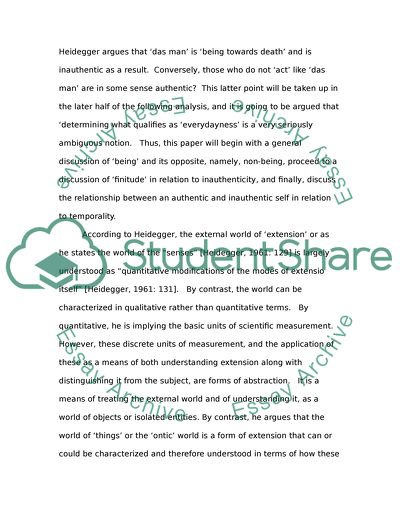Cite this document
(“Phenomenology of Death Thesis Example | Topics and Well Written Essays - 3000 words - 1”, n.d.)
Retrieved from https://studentshare.org/philosophy/1419601-phenomenology-of-death
Retrieved from https://studentshare.org/philosophy/1419601-phenomenology-of-death
(Phenomenology of Death Thesis Example | Topics and Well Written Essays - 3000 Words - 1)
https://studentshare.org/philosophy/1419601-phenomenology-of-death.
https://studentshare.org/philosophy/1419601-phenomenology-of-death.
“Phenomenology of Death Thesis Example | Topics and Well Written Essays - 3000 Words - 1”, n.d. https://studentshare.org/philosophy/1419601-phenomenology-of-death.


